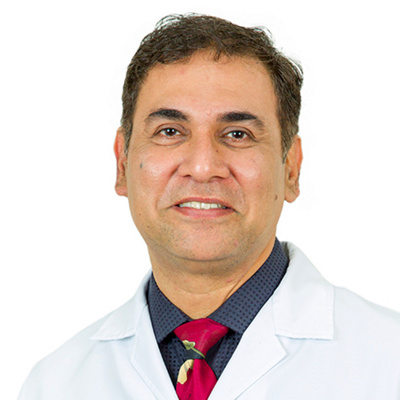Radiology uses non-invasive methods to obtain images of our bodies' organs. The best-known example of this would be photographs created by means of x-rays.
The radiologist is not only an expert in x-ray imaging, but in newer forms of examination techniques as well, including ultrasound, computer tomography (CT) and magnetic resonance imaging (MRI). The appropriate forms of examination are frequently used to determine the exact location and size of an injury, tumour, or source of bleeding. Disorders of the brain, spinal cord or inner organs are often examined using these techniques. The radiologist is then responsible for interpreting the results of the tests.
Some of these methods can be combined with the use of certain 'radiopaque' drugs that display the organs more clearly. The radiologist is able to determine which cases would benefit most from these substances, how they will work and what problems might arise through their use.


